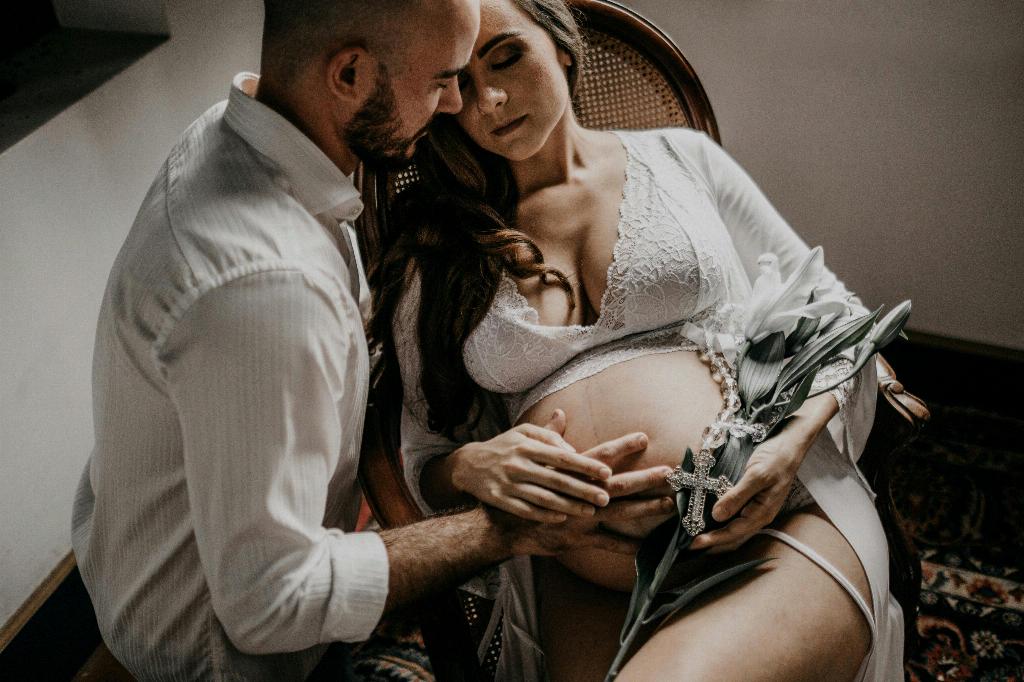Being in the third trimester of pregnancy is a unique experience that comes with a mixture of both excitement and physical challenges. As your baby continues to grow, your body undergoes significant changes to accommodate their development, leading to a range of sensations and emotions.
Physical Changes and Discomforts
One of the most noticeable aspects of the third trimester is the increase in physical discomforts. Your expanding belly puts pressure on your organs and muscles, leading to aches and pains in various parts of your body. Backaches, pelvic pain, and leg cramps become more common as your due date approaches.
Decreased Energy Levels
Despite feeling a surge of energy during the second trimester, many women find themselves slowing down in the final months of pregnancy. Fatigue sets in as your body works hard to support the growing baby. Simple tasks may feel more challenging, and you may find yourself needing to rest more frequently.
Increased Anxiety and Anticipation
As the reality of childbirth nears, it’s common for expectant mothers to experience a mix of anxiety and anticipation. Thoughts about labor and delivery, as well as the arrival of your baby, can evoke a range of emotions. It’s essential to acknowledge these feelings and seek support from loved ones or healthcare providers.
Physical Changes in the Baby
During the third trimester, your baby undergoes rapid growth and development. You may feel their movements more prominently as they run out of room in the womb. Their kicks and stretches can sometimes be uncomfortable but serve as a reassuring sign of their vitality.
Swelling and Fluid Retention
Many pregnant individuals experience swelling in their extremities during the third trimester. This is due to increased fluid retention and the pressure exerted by the growing uterus. Elevating your legs and staying hydrated can help alleviate this common discomfort.
Shortness of Breath and Heartburn
As your uterus expands, it can push up against your diaphragm, causing shortness of breath. Additionally, hormonal changes may lead to increased instances of heartburn or acid reflux. Eating smaller meals and avoiding trigger foods can help manage these symptoms.
Preparation and Nesting Instincts
As you progress through the third trimester, you may feel a strong urge to prepare for your baby’s arrival. This nesting instinct can manifest as organizing the nursery, washing baby clothes, or finalizing birth plans. Embracing this instinct can help you feel more ready for the transition to parenthood.
Emotional Rollercoaster
With fluctuating hormones and the anticipation of labor, it’s normal to experience mood swings and heightened emotions during the third trimester. Taking time for self-care, whether through relaxation techniques or indulging in activities you enjoy, can help maintain your mental well-being.
Braxton Hicks Contractions
Braxton Hicks contractions, often referred to as “practice contractions,” may become more frequent in the third trimester. While these contractions are typically not painful, they can be uncomfortable and serve as a preparation for true labor. Staying hydrated and changing positions can alleviate their intensity.
Preparing for Labor and Delivery
As the weeks pass by, you’ll likely spend more time contemplating the upcoming birthing experience. Attending prenatal classes, discussing birth preferences with your healthcare provider, and packing your hospital bag are essential steps in preparing for labor and delivery.
Pregnancy Glow and Excitement
Amidst the physical discomforts and emotional whirlwind, many women find themselves embracing the pregnancy glow in the third trimester. The anticipation of meeting your little one can fill you with excitement and joy, making each kick and hiccup a reminder of the incredible journey you’re on.

